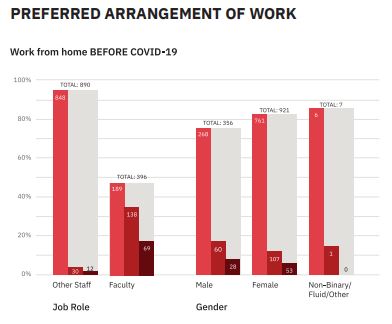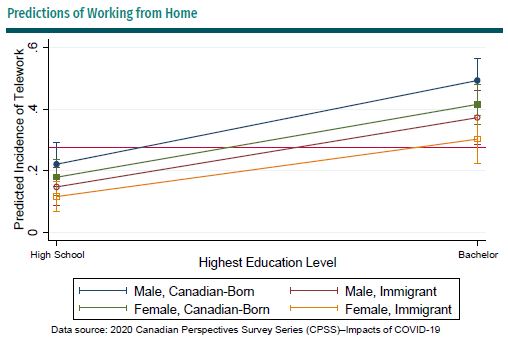COVID-19
Workload, work–life interface, stress, job satisfaction and job performance

This  study examines the impact of remote work during the COVID-19 pandemic on employee stress, job satisfaction, and performance. By analyzing data from 4,497 university employees, it reveals how heavy workloads and work-life imbalance can increase stress levels, leading to lower job satisfaction and performance. The findings underscore the importance of adjusting job demands and providing support to help employees maintain a better balance. This research offers important insights for organizations looking to support their remote workforce and improve overall productivity.
study examines the impact of remote work during the COVID-19 pandemic on employee stress, job satisfaction, and performance. By analyzing data from 4,497 university employees, it reveals how heavy workloads and work-life imbalance can increase stress levels, leading to lower job satisfaction and performance. The findings underscore the importance of adjusting job demands and providing support to help employees maintain a better balance. This research offers important insights for organizations looking to support their remote workforce and improve overall productivity.
Telework in Canada : Who Is Working from Home
 This study delves into the demographics and human capital traits that were associated with whether Canadians worked from home (WFH) before and during the COVID-19 pandemic. It also examines those who were absent from work compared to those who continued working outside the home. The findings reveal significant differences in WFH trends during the pandemic: being female/male made no difference in WFH rates; immigrants were less likely to WFH; younger workers were more likely to WFH; higher education levels were linked to more WFH; and self-reported health had no impact on WFH likelihood. These insights point to potential policy and organizational changes if the WFH trend persists.
This study delves into the demographics and human capital traits that were associated with whether Canadians worked from home (WFH) before and during the COVID-19 pandemic. It also examines those who were absent from work compared to those who continued working outside the home. The findings reveal significant differences in WFH trends during the pandemic: being female/male made no difference in WFH rates; immigrants were less likely to WFH; younger workers were more likely to WFH; higher education levels were linked to more WFH; and self-reported health had no impact on WFH likelihood. These insights point to potential policy and organizational changes if the WFH trend persists.
COVID-19 Impacts on Faculty and Staff: the Role of Work Arrangements

